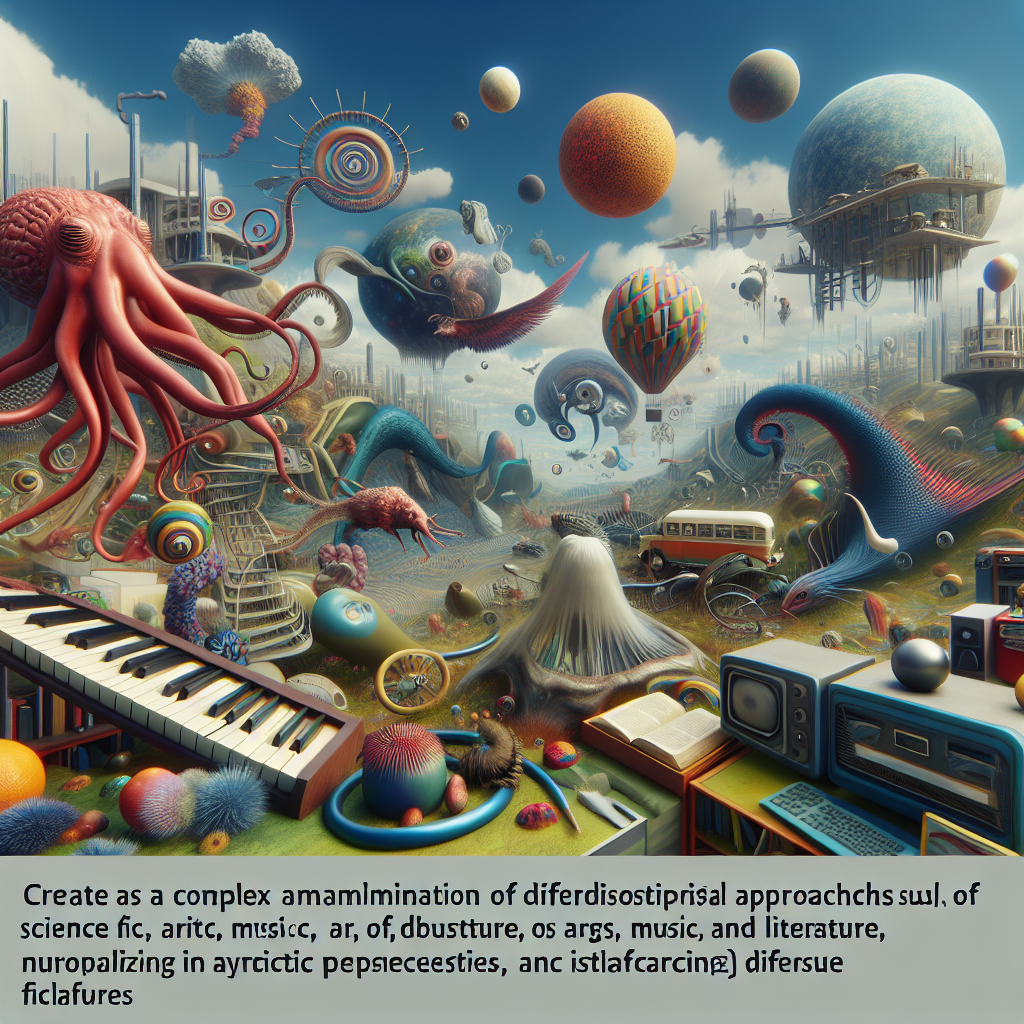In the ever-evolving landscape of learning and development, the implementation of interdisciplinary approaches has recently gained significant traction. An interdisciplinary approach merges concepts, theories, and insights from various disciplines to expand understanding, foster innovation, and tackle complex problems.
A fundamental tenet of interdisciplinary learning is the belief that no single discipline can provide a comprehensive understanding of the world. Instead, to gain a more profound and nuanced knowledge, it’s necessary to delve into different academic subjects and fields of study.
So, let’s explore how interdisciplinary approaches are shaping our comprehension of the world, fostering innovation, and catalyzing problem-solving.
The Interdisciplinary Approach and Holistic Understanding
The power of an interdisciplinary approach lies in its ability to offer a more comprehensive understanding of a subject or phenomenon. By integrating insights from diverse fields, it encourages a more well-rounded and holistic perspective. For instance, consider the issue of climate change. While it’s primarily considered an environmental issue, it’s also deeply intertwined with economics, politics, sociology, and even psychology.
An interdisciplinary approach to climate change, therefore, would provide a more profound, multi-faceted understanding of the issue.
Fostering Innovation Through Interdisciplinary Study
Innovation is yet another compelling area where interdisciplinary approaches shine. By bringing together diverse disciplines, these approaches stimulate the exchange of ideas, leading to out-of-the-box thinking and original solutions. For instance, in product development, merging the insights of engineers, designers, psychologists, and marketers can lead to products that are not only technologically advanced but also user-friendly and marketable.
Bridging the Gap: Interdisciplinary Approaches and Complex Problem Solving

When it comes to complex problem-solving, interdisciplinary approaches have proven to be invaluable. In addressing complex issues such as public health concerns, poverty, or cybersecurity, relying on a single discipline often falls short. By contrast, an interdisciplinary approach can bridge the gap, bringing together experts from different fields, integrating their knowledge, and devising a comprehensive solution.
Despite its numerous advantages, implementing interdisciplinary approaches is not without challenges. It requires open-mindedness, flexibility, and the ability to communicate and collaborate across different fields effectively. However, the benefits far outweigh the difficulties. It opens up new avenues of understanding, fosters innovative thinking, and facilitates more effective problem-solving.
Today, the world is more interconnected and complex than ever before.
As we face new challenges and grapple with intricate problems, the need for holistic understanding, innovative solutions, and comprehensive problem-solving strategies becomes more pressing. In this context, the interdisciplinary approach emerges as a potent tool for promoting learning, fostering innovation, and addressing the complexities of our world.
Truly, in the quest for insight, innovation, and problem-solving, interdisciplinary approaches are increasingly becoming our compass, guiding us to expand our horizons, challenge the status quo, and navigate the complexity of the world with a more informed and nuanced understanding. It’s a refreshing reminder that the sum of our knowledge is far richer and deeper when we dare to venture beyond the confines of our individual disciplines and embrace the fusion of insights across various fields.